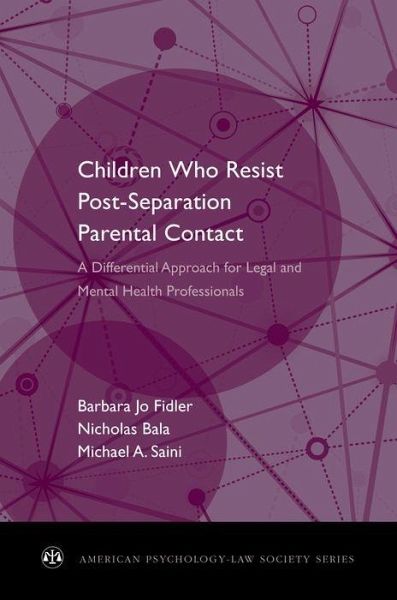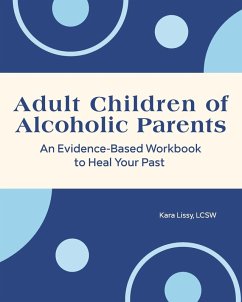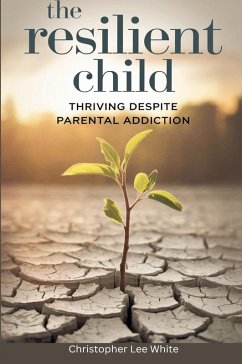
Children Who Resist Postseparation Parental Contact
A Differential Approach for Legal and Mental Health Professionals
Versandkostenfrei!
Versandfertig in 1-2 Wochen
153,99 €
inkl. MwSt.

PAYBACK Punkte
77 °P sammeln!
Children Who Resist Post-Separation Parental Contact is a critical, empirically based review of parental alienation that integrates the best research evidence with clinical insight from interviews with leading scholars and practitioners.












